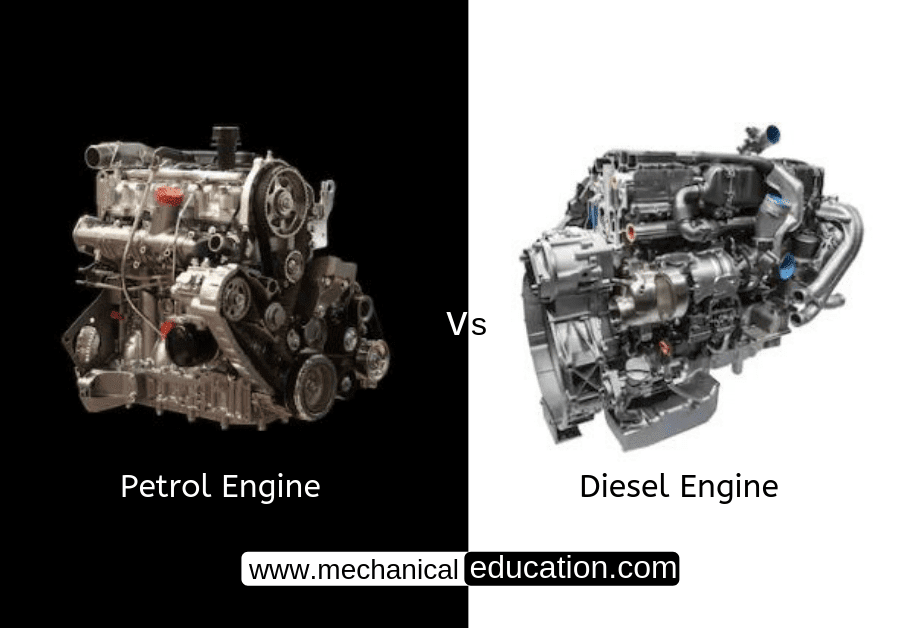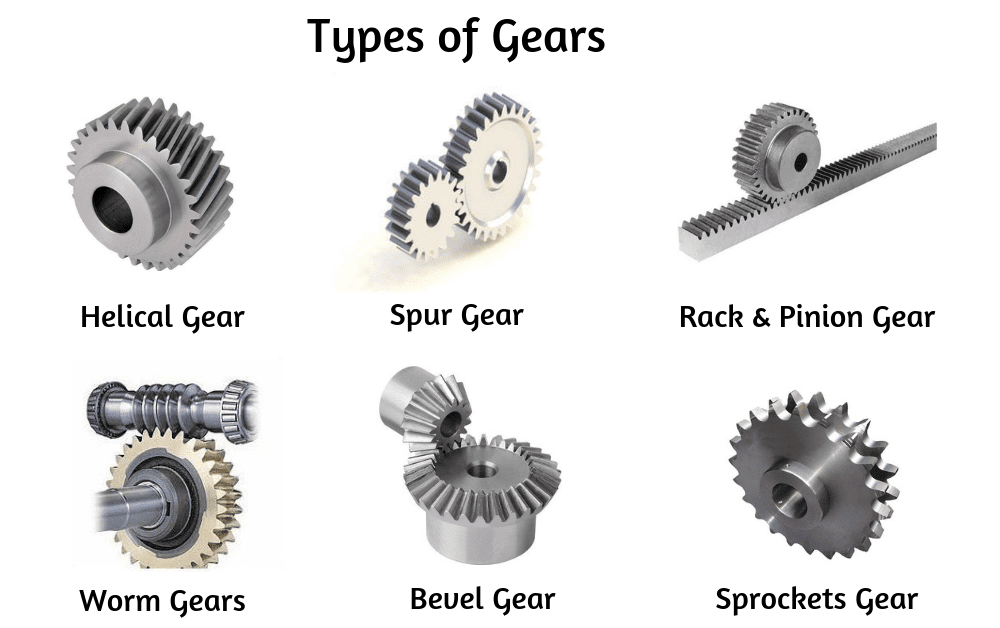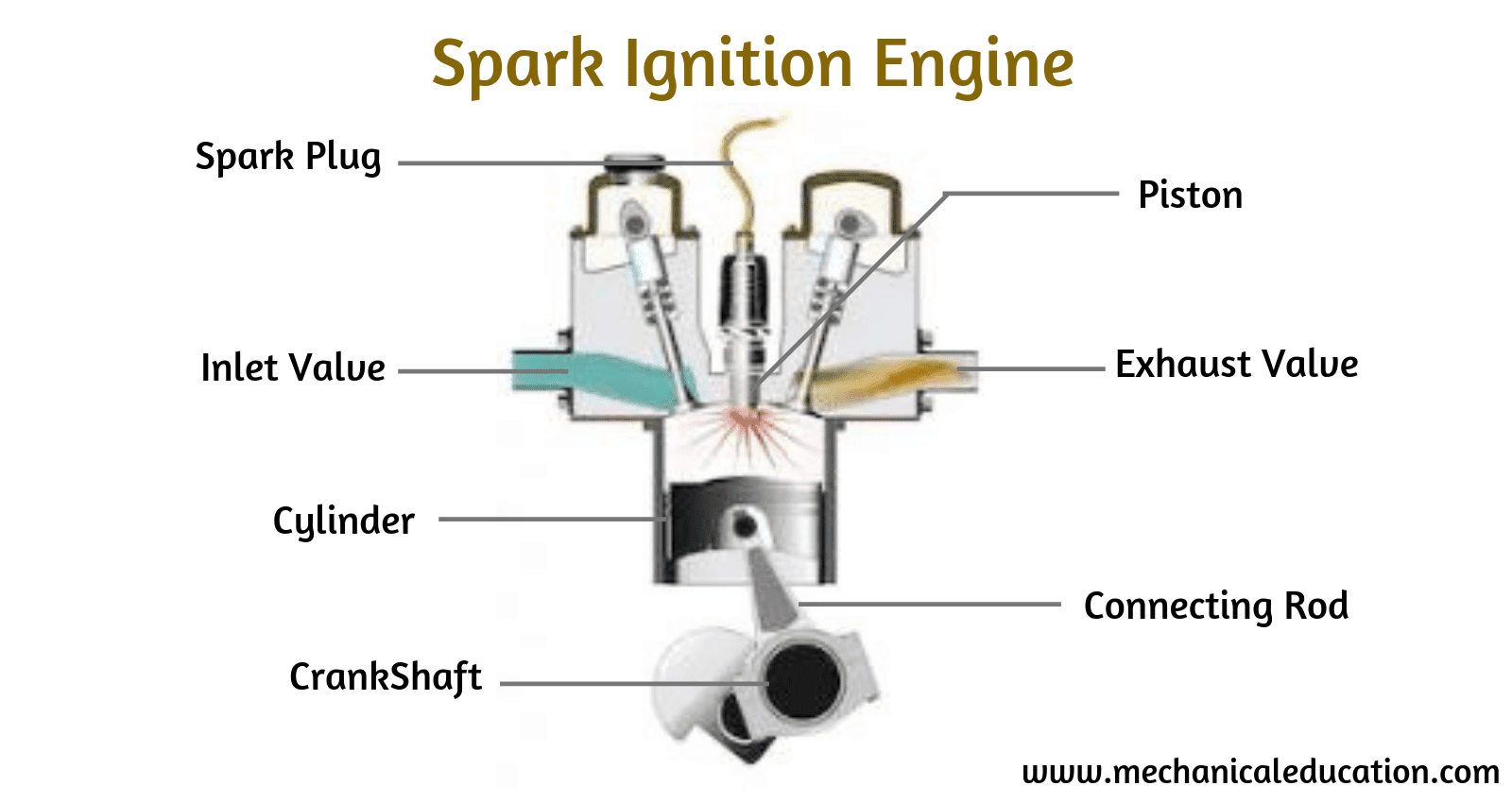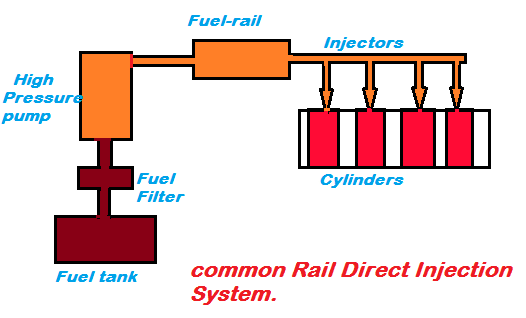Introduction: The valve housing is an essential part of any engine, acting as a protective layer to keep dirt and debris out. It also helps to maintain constant pressure for maximum performance. But what exactly is a valve housing and why is it so important? Let’s take a closer look at the valve housing and the benefits it provides.
What is a Valve Housing?
A valve housing is the outer shell of the valve that houses all the other components. It’s made from metal and works as a protective layer to keep dirt and debris out. It also helps to maintain constant pressure around the valve so it can function properly. Valve housings come in many different shapes and sizes depending on what type of valve you have installed in your vehicle. Make sure to check with your mechanic or research online to determine which type is right for your engine before replacing it.
Benefits of Valve Housing
One of the main benefits of having a valve housing installed in your engine is that it keeps dirt and debris away from the internal components, which can help protect them from wear and tear over time. Additionally, keeping dirt away from sensitive components will ensure optimal performance since they won’t be clogged or damaged by outside particles. The valve housing also helps maintain constant pressure around the valves, which improves their efficiency and makes them last longer than if they were exposed to extreme fluctuations in pressure levels due to environmental factors such as temperature changes or air movement over time. Finally, having a high-quality valve housing will help increase your engine’s fuel economy since less energy will be wasted when trying to overcome resistance caused by dirt or debris inside the valves.
Conclusion:
Valve housings are an essential part of any engine, providing protection for its internal components while helping maintain optimal performance levels through consistent pressure levels throughout its operation cycle. When looking for replacement parts for your vehicle, make sure to do some research beforehand so you know which type of valve housing best suits your needs – this will ensure that you get maximum performance out of your engine without spending too much money on unnecessary upgrades or replacements down the line! Thanks for reading – we hope you found this informative!
Frequently asked questions
1.What is a valve housing, and how does it relate to valves in various applications?
A valve housing is a component that encases and protects valves used in different systems and machines, providing structural support and a stable environment for proper valve function.
2.What materials are commonly used to make valve housings?
Valve housings can be constructed from various materials, including metals like stainless steel and brass, as well as plastics like PVC or PTFE (polytetrafluoroethylene), depending on the application’s requirements.
3.What are the primary benefits of using valve housings in industrial and mechanical systems?
Valve housings offer protection to valves from external factors like contamination, corrosion, and physical damage. They also provide a secure mounting and sealing surface for valves.
4.In what industries are valve housings frequently used?
Valve housings find applications in a wide range of industries, including oil and gas, chemical processing, water treatment, automotive, and manufacturing.
5.Can valve housings be customized to fit specific valve types or sizes?
Yes, valve housings can be customized to accommodate various valve types, sizes, and configurations, ensuring a precise fit for the intended application.
6.What features should I consider when selecting a valve housing for my system?
Factors like the material’s compatibility with the fluid being controlled, environmental conditions, pressure and temperature requirements, and the type of valve are critical considerations.
7.Are there different types of valve housings, or do they primarily serve the same purpose?
While the primary purpose remains consistent, valve housings can come in different designs and configurations to suit specific applications and industries.
8.How does a valve housing contribute to system reliability and safety?
Valve housings protect valves from damage, contamination, and external influences that could disrupt valve operation. This helps maintain system reliability and safety.
9.Are there maintenance requirements for valve housings, and if so, what are they?
Maintenance typically involves inspections for damage or wear, cleaning to remove any contaminants, and ensuring proper sealing to prevent leaks.
10.Can valve housings be retrofitted onto existing systems, or are they primarily installed during system assembly?
Valve housings can be retrofitted onto existing systems if compatible housing options are available. However, it’s often easier to install them during initial system assembly for proper integration.
Valve housings play a crucial role in protecting and supporting valves in a wide range of industrial and mechanical applications. Selecting the right housing material and design is essential to ensure the long-term reliability and safety of the system.




